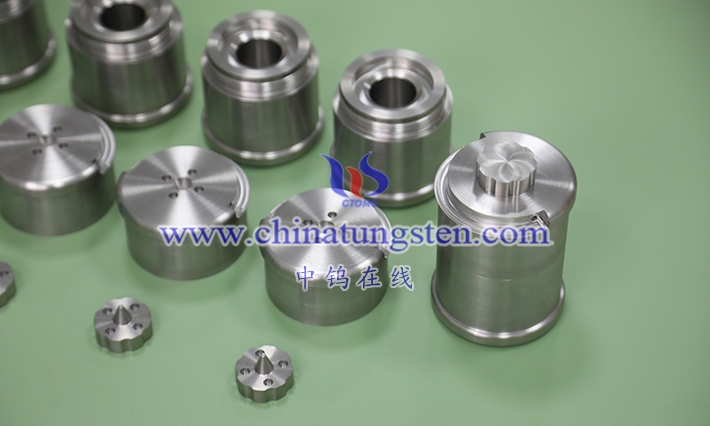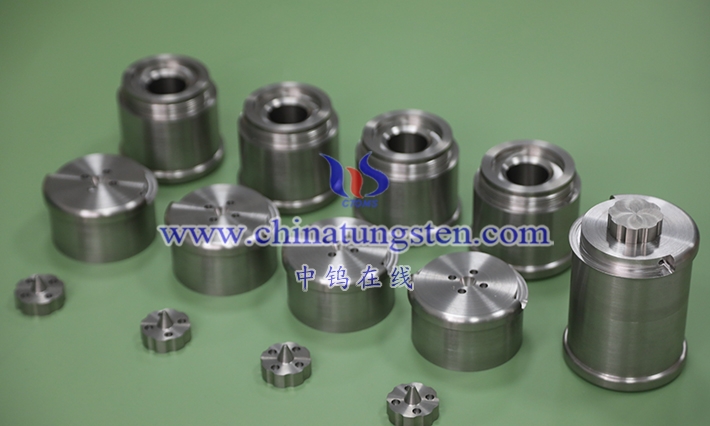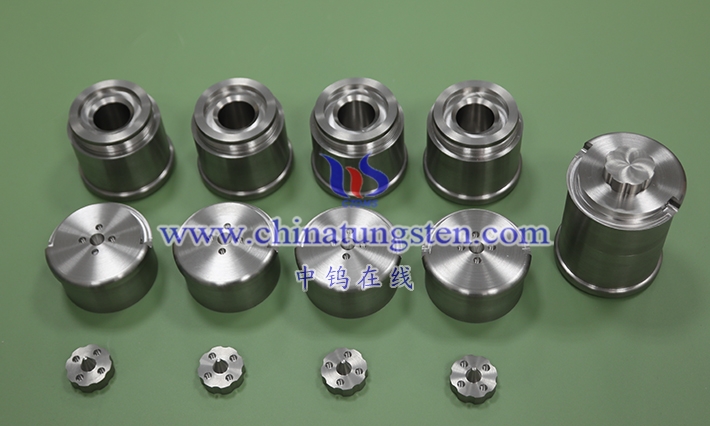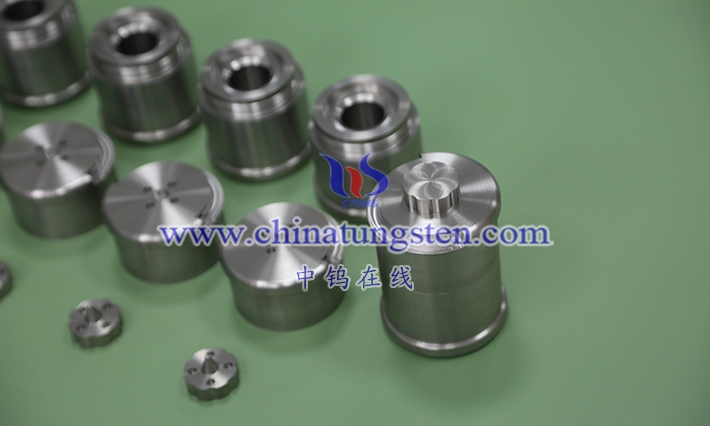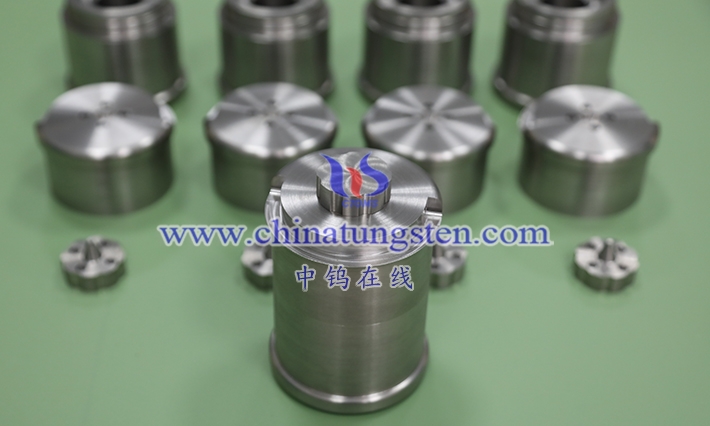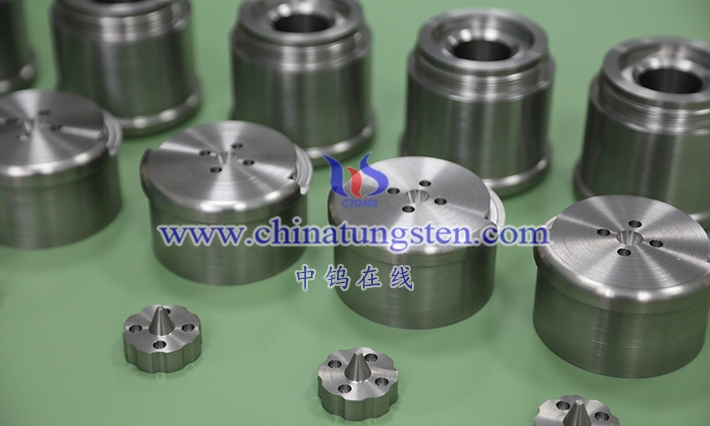The performance comparison between tungsten alloy screws and lead screws shows significant distinctions, mainly analyzed from density, mechanical strength, environmental friendliness, corrosion resistance, and application safety. First, in density, tungsten alloy screws have a high density of 16.5-18.5g/cm³, about 50% higher than lead (11.3g/cm³), providing more efficient radiation shielding and counterweight functions. In medical X-ray equipment, tungsten alloys block radiation more effectively, while lead screws, though used similarly, require larger volumes for the same effect.
Second, mechanical strength distinctions are evident: Tungsten alloys have tensile strength up to 900-1200MPa, high hardness (HRC 25-35), wear and vibration resistance, suitable for high-torque environments like precision machinery fixation. Lead screws are soft (low hardness), prone to deformation, with strength only a fraction of tungsten’s, mainly for low-load lead screws or radiation protection, but not fatigue-resistant and prone to fracture.
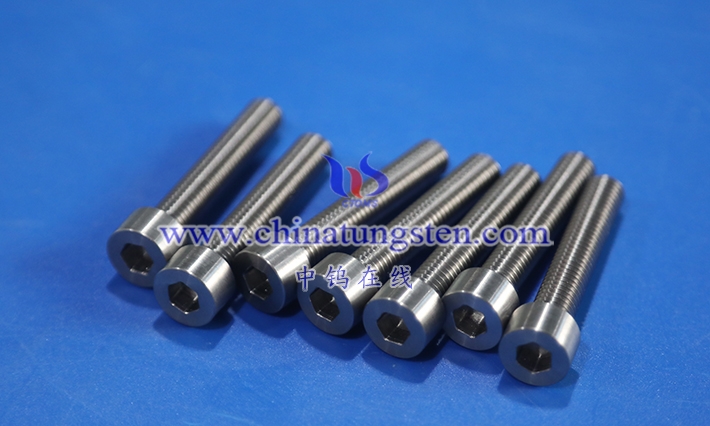
Third, environmental friendliness and safety are key distinctions. Tungsten alloys are non-toxic and environmentally friendly, complying with ROHS standards, replacing lead products to avoid lead poisoning risks. Lead screws are toxic, harmful to health and the environment upon long-term contact, restricted under EU lead bans. Tungsten alloys are superior in biocompatibility, suitable for medical devices.
Fourth, corrosion resistance comparison: Tungsten alloys have good chemical stability, acid and alkali resistance, but require coatings for protection; lead has strong corrosion resistance, especially in acidic environments, but oxidizes to produce harmful substances. Tungsten alloys are overall more high-temperature resistant (melting point 3422°C vs. lead’s 327°C), suitable for extreme conditions.
Overall distinctions lie in tungsten alloy screws’ comprehensive superiority in performance and sustainability, applicable to high-end fields like aerospace and nuclear industries; lead screws are low-cost but high-risk, mainly remaining in traditional radiation shielding. In the future, tungsten alloys will gradually replace lead, promoting green manufacturing.
